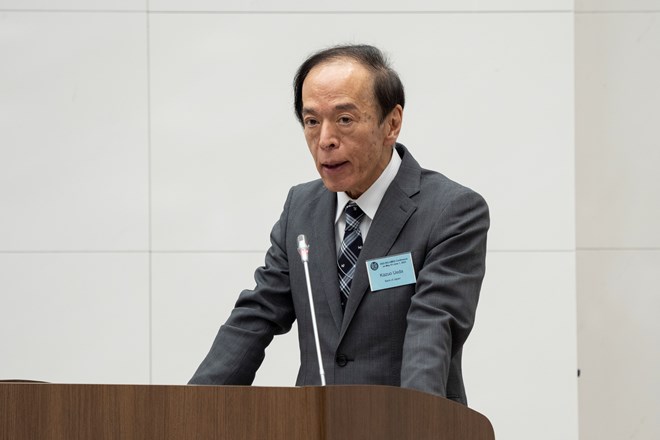
"Actually, it's not like we have zero chances. But as I said, there are less than two months left until the end of 2023," Ueda said Monday in Nagoya, Aichi Prefecture, when asked about the chances of Japan achieving its 2% inflation target.
Mr. Ueda's comments on November 6 were assessed as saying that the probability of Japan escaping negative interest rates this year is low.
The yen remained near 150 to the dollar. Japanese government bonds rose, matching global interest rates as markets reopened after a weekend holiday. The benchmark 10-year yield fell five basis points to 0.87%.
Mr. Ueda also proposed various ways to achieve the goal, but always emphasized the phrase “theoretically.”
In September, BOJ Governor Ueda had fueled speculation that the Bank of Japan would change policy sooner than expected, but he said he just wanted to make sure the BOJ board had considered all possible scenarios.
Earlier Monday, the governor continued to suggest caution, noting that progress was being made on the inflation target. His message was largely dovish, leaving open the possibility of a policy normalization.
“The possibility of achieving the 2% price stability target seems to be gradually increasing,” Mr. Ueda said.
However, because wage growth and other factors remain uncertain, “the achievement of the objective of sustained price stability is not expected at this time.”
Mr. Ueda is said to be more confident about the inflation target, unlike in September.
Mr. Ueda’s message could pave the way for a smooth transition to normalization when the time comes. The governor continued to emphasize the uncertainties surrounding the economic outlook. A cycle of wage inflation will be needed to support workers.
“There have been new developments in price-setting by some companies,” Mr. Ueda added. “However, many people believe that, unlike raw material costs, increases in wages and other indirect costs are difficult to pass on to selling prices.”
The BOJ adjusted its yield curve control (YCC) mechanism on Oct. 31 to address the potential risk of monetary easing, a move interpreted by some economists as a “tiptoeing” step toward policy normalization. About 70% of analysts forecast a move toward tightening by April 2024, according to a Bloomberg survey ahead of the October policy meeting.
The BOJ has sharply raised its price outlook for the next fiscal year to 2.8% – much higher than expected. This means the Bank of Japan is expecting inflation to exceed its 2% target for three consecutive years.
Source


![[Photo] General Secretary To Lam receives King Philippe of Belgium](https://vstatic.vietnam.vn/vietnam/resource/IMAGE/2025/4/1/e5963137a0c9428dabb93bdb34b86d7c)


![[Photo] Prime Minister Pham Minh Chinh meets with King Philippe of Belgium](https://vstatic.vietnam.vn/vietnam/resource/IMAGE/2025/4/1/be2f9ad3b17843b9b8f8dee6f2d227e7)
![[Photo] Close-up of Vietnam's sniffer dog team searching for earthquake victims in Myanmar](https://vstatic.vietnam.vn/vietnam/resource/IMAGE/2025/4/1/d4949a0510ba40af93a15359b5450df2)
![[Photo] President Luong Cuong and King Philippe of Belgium visit Thang Long Imperial Citadel](https://vstatic.vietnam.vn/vietnam/resource/IMAGE/2025/4/1/cb080a6652f84a1291edc3d2ee50f631)
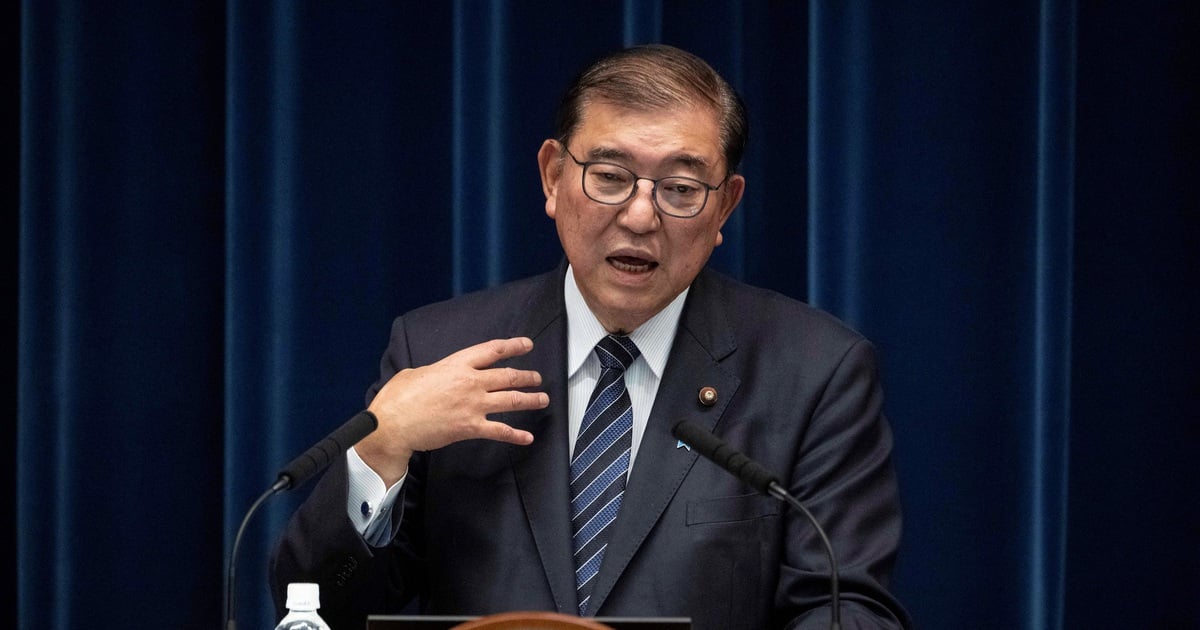

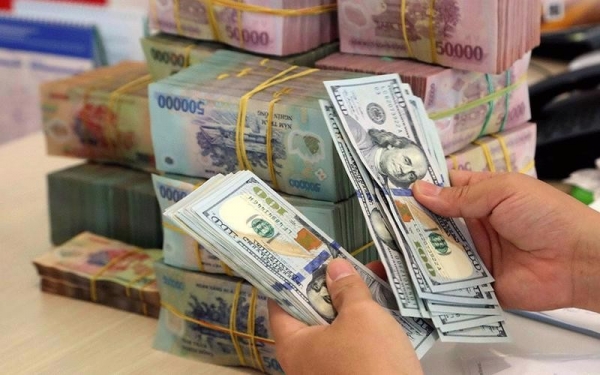



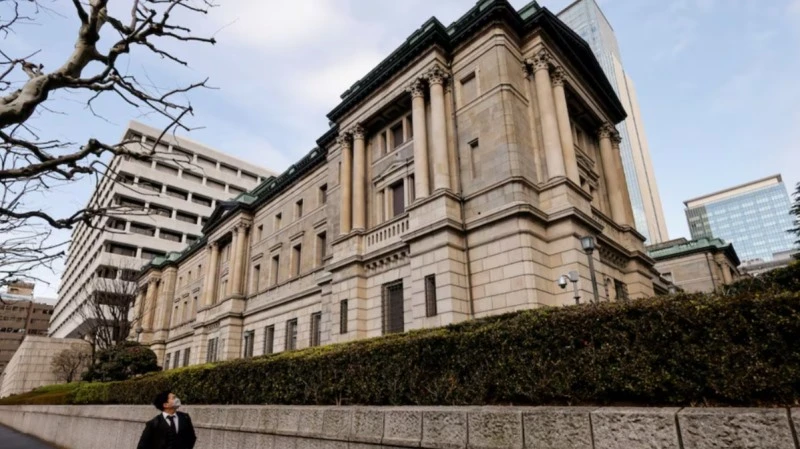



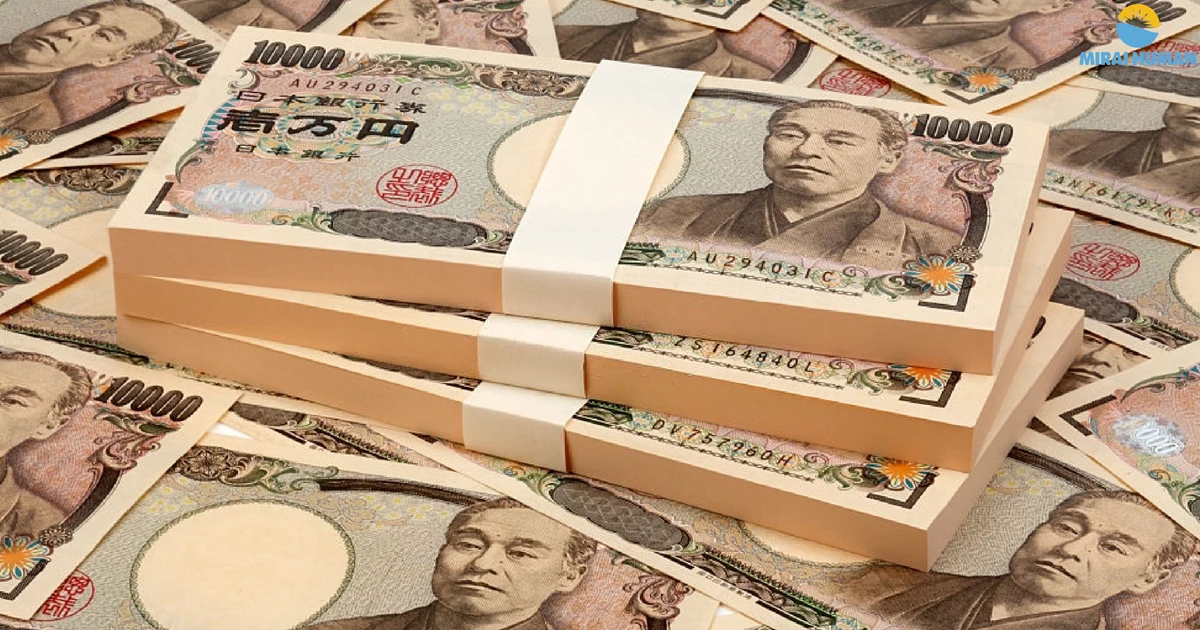
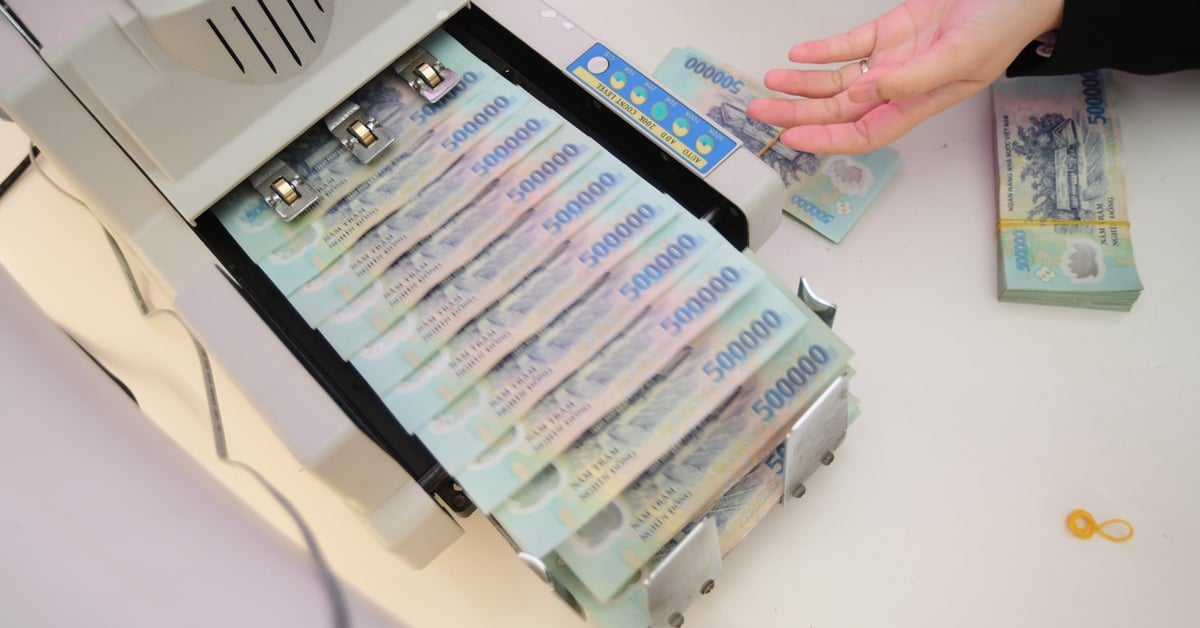




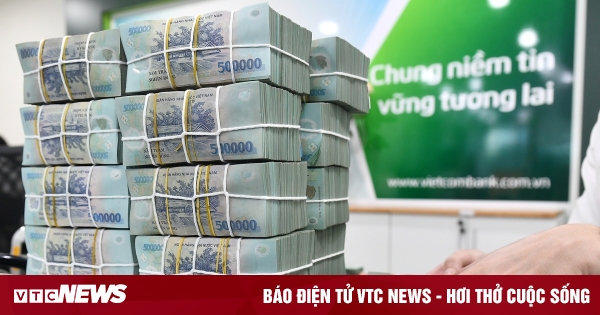










![[Photo] Myanmar's capital in disarray after the great earthquake](https://vstatic.vietnam.vn/vietnam/resource/IMAGE/2025/4/1/7719e43b61ba40f3ac17f5c3c1f03720)



























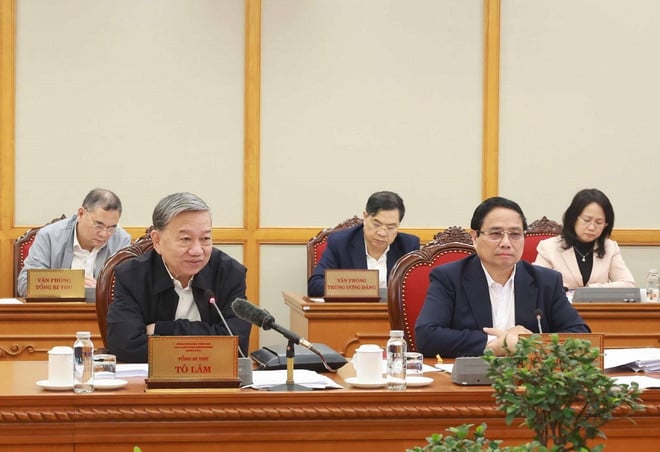

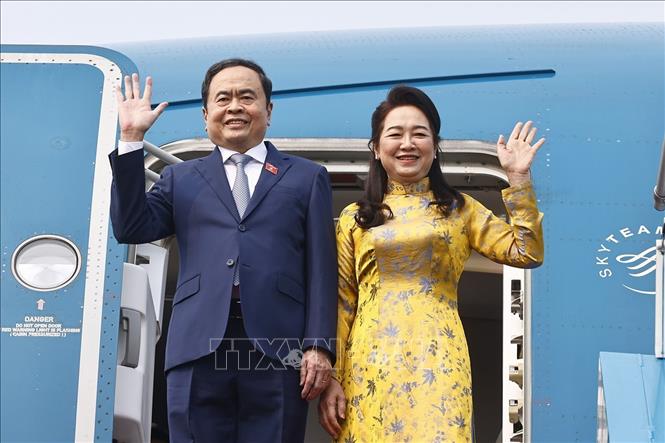











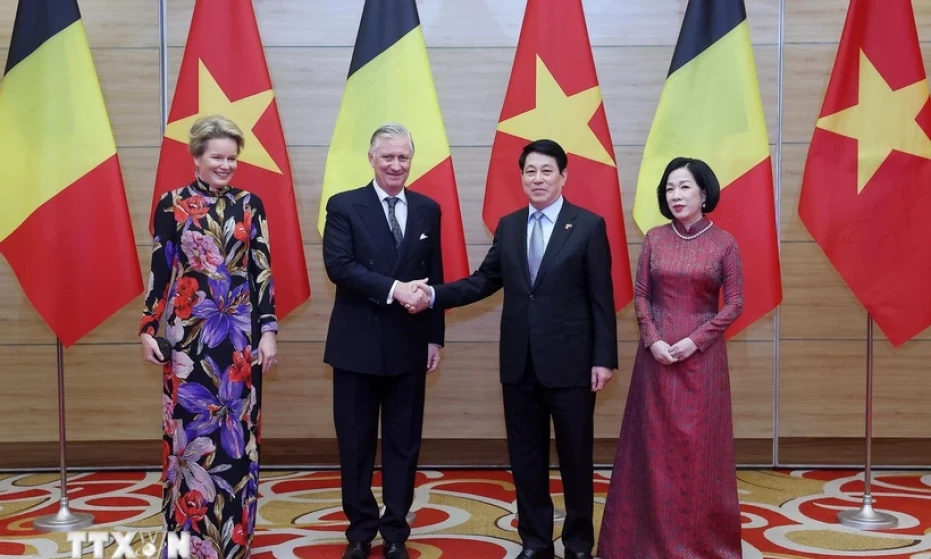
















Comment (0)